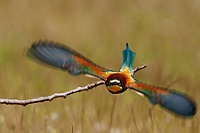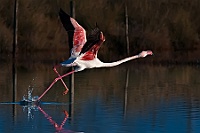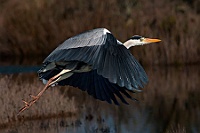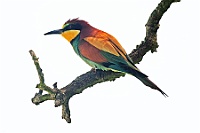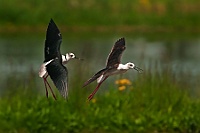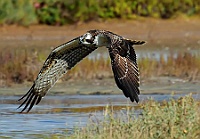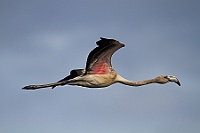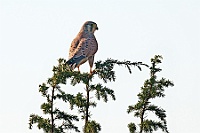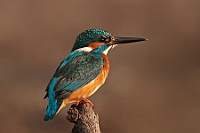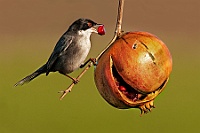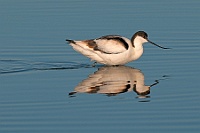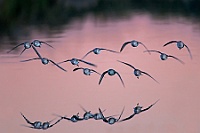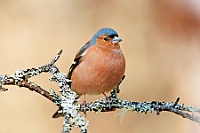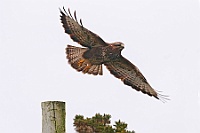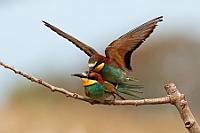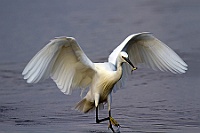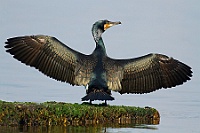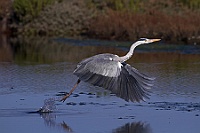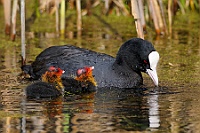
| < |
| LE ALI DI CIRCE (the wings of Circe) |
Alberto B. Scalia
|
| Il Parco Nazionale del Circeo è situato nella parte meridionale del Lazio lungo la linea di costa fino a circa 15 km all'interno. Nel 1978, l’Unesco è intervenuta per tutelare alcune zone con un vincolo speciale, adducendo il parco alla Convenzione di Ramsar sulle zone umide. Oggi il parco è costituito da una linea di Laghi costieri salmastri e da una delle pochissime antiche foreste planiziarie presenti in Italia. È un ambiente estremamente aggredito, con case ed aree ad intenso insediamento umano al suo interno, ma che ancora presenta aree di notevole pregio naturalistico ed una avifauna abbondante e variegata, specie nei periodi migratori primaverile ed autunnale. Aironi, anatre, fenicotteri, rapaci e limicoli sono presenti in gran numero. Alcune specie sono più diffuse anche se mai troppo confidenti. Altre meno cosicchè non è certamente cosa facile riuscirle a fotografare agevolmente. Accade, però, che in certi periodi dell'anno, si verifichino eventi particolari come delle inondazioni di campi o aree limitrofe ai laghi che quasi subito si richiudono riempendosi però di pesci, anguille ed anfibi.
In queste situazioni anche gli uccelli più timidi perdono i freni inibitori ed allora li si può fotografare più agevolmente in atteggiamenti molto particolari. The Circeo National Park is located in the southern area of Lazio Region, in central Italy, along the coastline up to about 15 km inside. In 1978, UNESCO has taken action to protect some areas with a special bond, adducing the park to the Ramsar Convention on wetlands. Today, the park consists of a line of brackish coastal lakes and one of the few ancient swamp plan forest in Italy. It is an extremely attacked environment, with houses and areas of intense human settlement on the inside, but there are still areas of great natural value and a large and varied birdlife, especially during spring and fall migration. And, among this fauna, Herons are the most present with 10 of the 11 species of italian herons. Some of them are more common although never too confident. Other less, so is certainly not so easy to photograph them. It happens, however, that at certain times of the year, occurring events such as flooding of fields or areas adjacent to lakes that almost immediately close again after filling up of fish, eels and amphibians. In these situations, even the most timid herons lose their inhibitions and then you can photograph them more easily in particular attitudes. |
